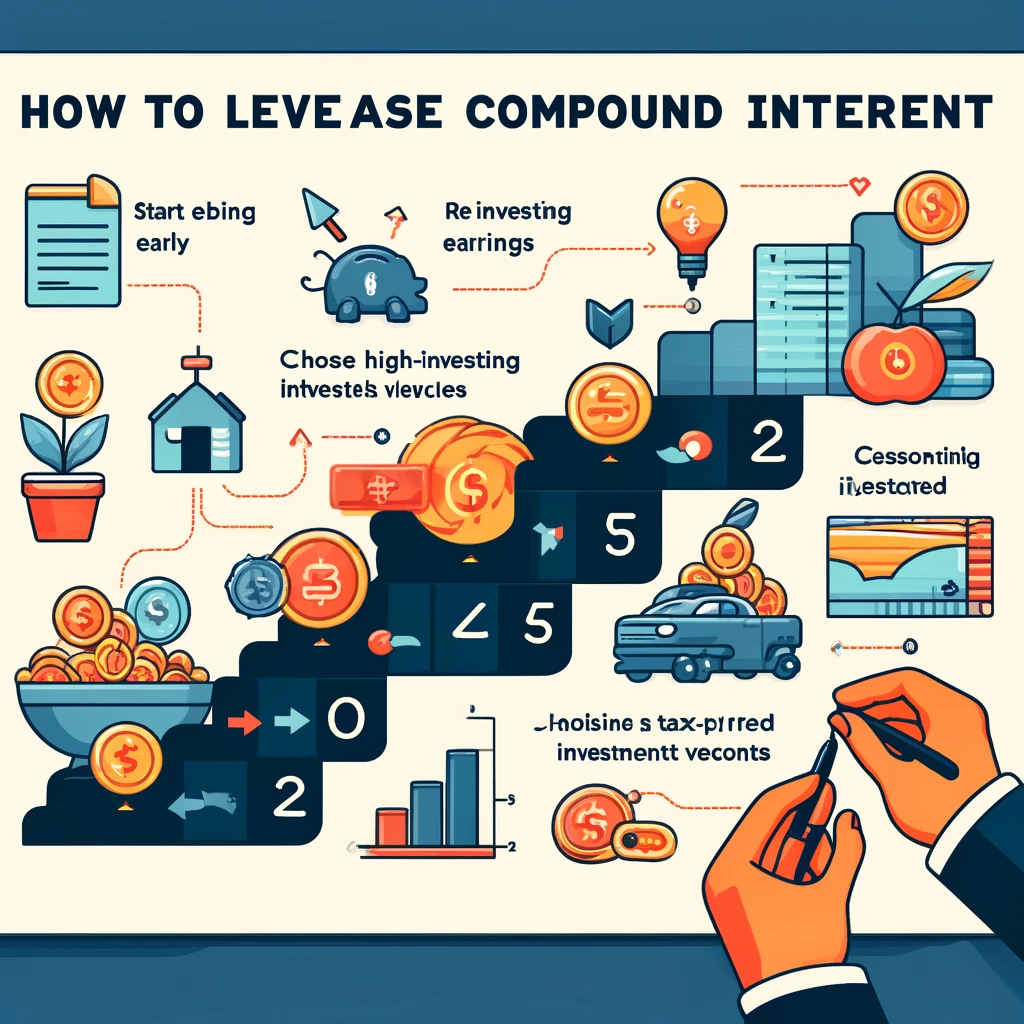In the ever-evolving landscape of the financial markets, risk management is not just a practice but an essential discipline every investor must master. With the right strategies, investors can not only safeguard their portfolios but also optimize their investment performance over the long term. This comprehensive guide delves into the fundamental risk management strategies that modern investors need to know to protect their investments in today’s volatile market environment.

Understanding Investment Risks
Market Volatility Market volatility is an inherent aspect of investing. Prices of securities can fluctuate dramatically over short periods due to economic changes, geopolitical events, or market sentiment. Understanding and preparing for volatility is crucial for risk management.
Credit and Counterparty Risks These risks arise when a party in a transaction may default on its contractual obligations. In investing, this could mean a bond issuer failing to make payments or a counterparty in a derivative contract failing to fulfill its duties.
Liquidity Risks Liquidity risk involves the difficulty of selling an investment without causing a significant movement in its price and the ability to quickly convert assets into cash. Some investments, like real estate or certain stocks, are more susceptible to liquidity risks than others.
Diversification: The First Line of Defense
Spread Your Investments Diversification is about not putting all your eggs in one basket. By spreading your investments across different asset classes (stocks, bonds, real estate), sectors, and geographies, you can reduce the impact of a poor performer on your overall portfolio.
Rebalancing Periodically Rebalancing is the process of realigning the weightings of a portfolio of assets. It involves periodically buying or selling assets to maintain your original or desired level of asset allocation and risk.
Hedging: Insurance Against Market Movements
Options and Futures Hedging involves taking an offsetting position in a related asset. Options and futures can be used to hedge against market downturns. For example, purchasing put options can help protect stock investments from significant declines.
Asset Allocation Strategies Strategic asset allocation involves setting target allocations for various asset classes and rebalancing the portfolio back to these targets at regular intervals. This long-term approach considers your risk tolerance and investment objectives.
Advanced Risk Management Techniques
Stop-Loss Orders A stop-loss order is a tool that sells an asset when it reaches a certain price, helping to limit potential losses on an investment. It’s a practical approach to prevent emotional decision-making in response to market fluctuations.
Value at Risk (VaR) VaR is a statistical technique used to measure and quantify the level of financial risk within a portfolio over a specific timeframe. This metric is useful for determining how much a portfolio might lose, given normal market conditions, in a set period.
The Role of Technology in Risk Management
Robo-Advisors Robo-advisors use algorithms to automate investment management, with a focus on optimizing portfolio allocation and minimizing risks based on the user’s risk tolerance.
Portfolio Management Software Advanced software tools can analyze portfolio risk, simulate different market scenarios, and help investors make informed decisions to mitigate risks.
Conclusion
Effective risk management is essential for protecting your investments and achieving your financial goals. By understanding the types of risks involved in investing and employing strategies such as diversification, hedging, and the use of technology, modern investors can navigate the complexities of the market with confidence. Remember, risk management is not about eliminating risk altogether but about understanding and controlling it to your advantage.



